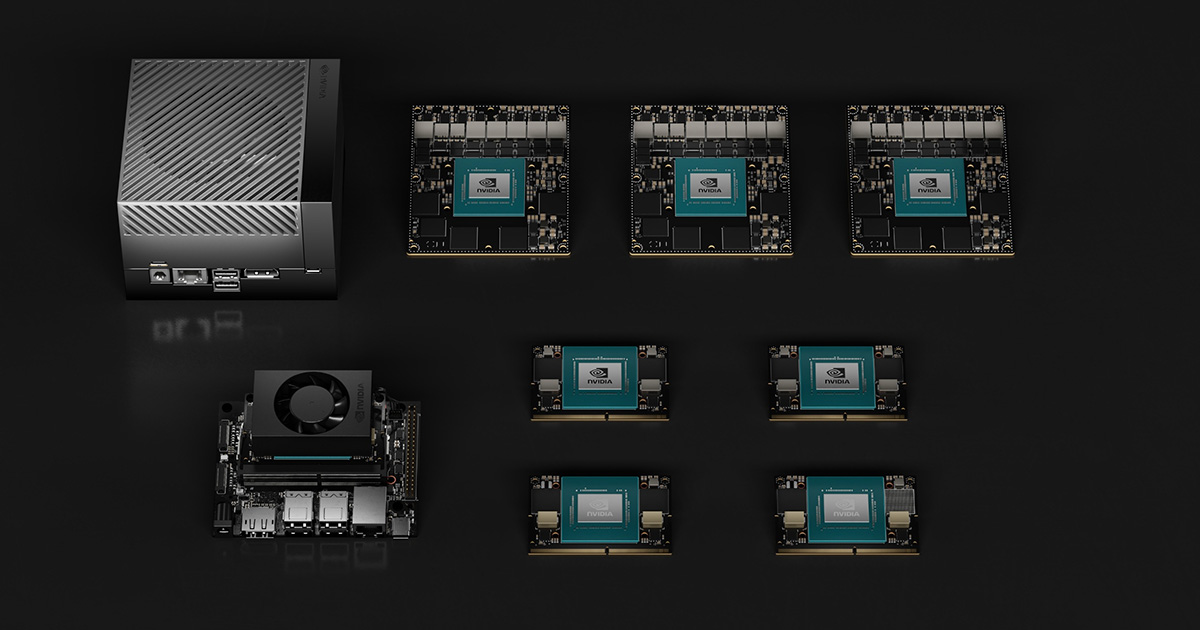Think people expecting much more than similar raw performance to a 7-10W TDP steam deck in its handheld mode (SoC power not total system power, excludes screen etc) is setting themselves up for disappointment. It's likely still going to be a relatively small, relatively cheap device (if it's >$400USD I'd be surprised) from a company that likes to make a profit on system sales or with a game/accessory, using <10W total system power in handheld mode that needs hours of battery life. The switch dock itself is limited to 18W too although the max in "normal" conditions in games for most situations is going to be less, would Nintendo want a bigger, bulkier device with more cooling that'd cost more? Would Nintendo spring for a more advanced node to get more performance/efficiency over saving money on a good generational improvement? They don't seem like "Nintendo" things to do to me, they could've gone for Parker which would've been more efficient but didn't. Even with DLSS integrated, it's not going to be magic. It will last and age better than contemporary handheld PCs that's for sure (Steam deck, ROG ally etc) but expecting a big generational leap over their raw specs/perf at similar power budgets is unlikely (Ampere being RDNA2 contemporary and all).
Simplest thing - imagine what a 5-15W Nvidia mobile SoC from about 2 years ago would be capable of, what level of performance do you have in mind? Great because that's what it is, expect that. Better than PS4 fidelity in docked mode although not massively so, DLSS'd to 4k with bits of RT sprinkled on top for a little flourish with handheld mode being scaled down appropriately. That's the most realistic expectation to me, given the physical and financial limitations
Simplest thing - imagine what a 5-15W Nvidia mobile SoC from about 2 years ago would be capable of, what level of performance do you have in mind? Great because that's what it is, expect that. Better than PS4 fidelity in docked mode although not massively so, DLSS'd to 4k with bits of RT sprinkled on top for a little flourish with handheld mode being scaled down appropriately. That's the most realistic expectation to me, given the physical and financial limitations


